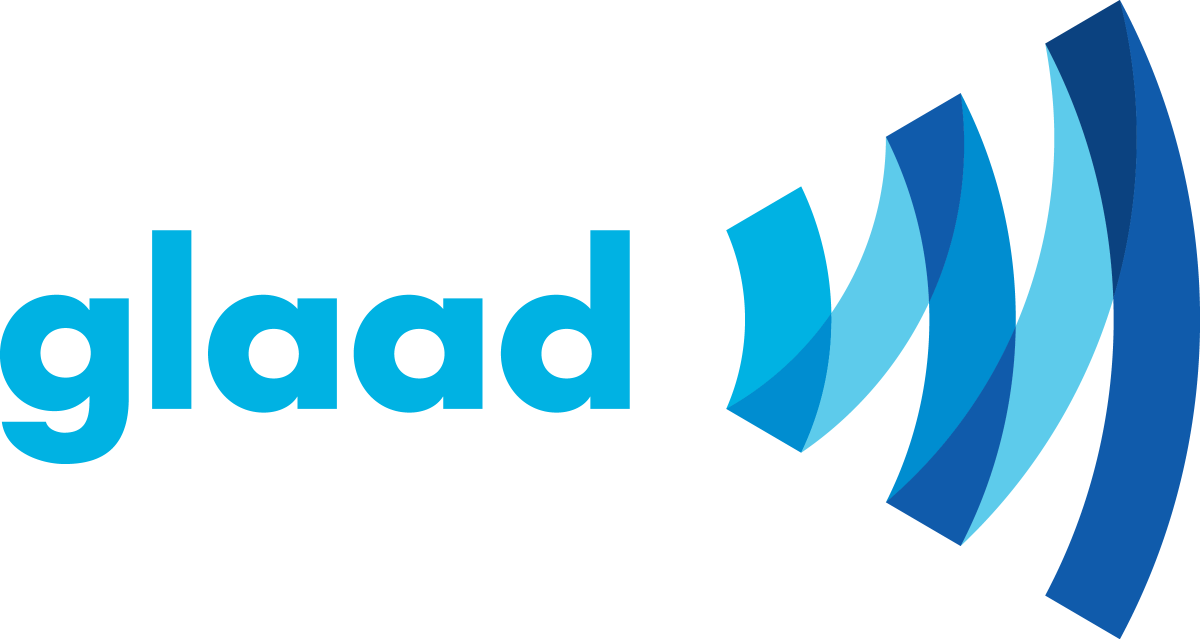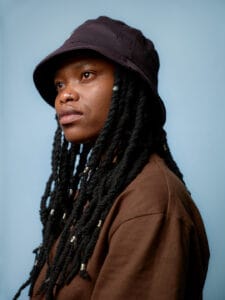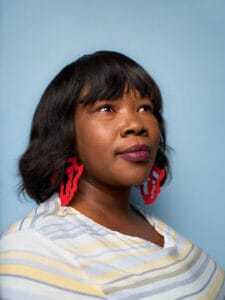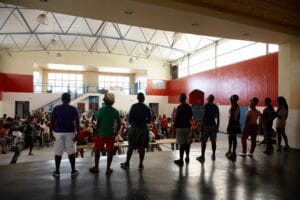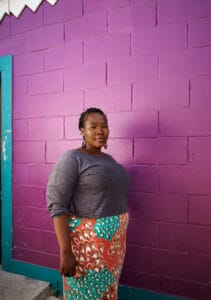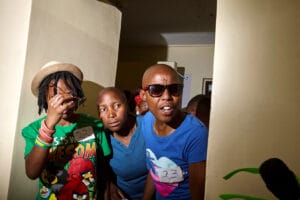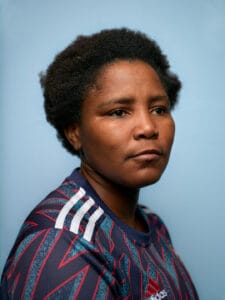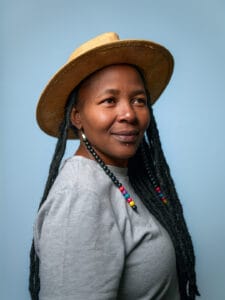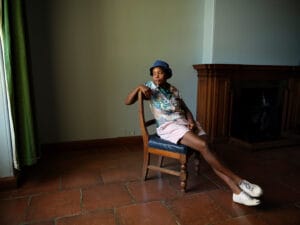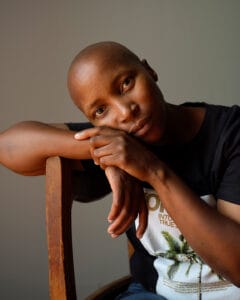
Banned Books Week takes place October 5-11, 2025. The annual event raises awareness of the harm and the rising trend of book challenges and bans, especially targeting books by and about LGBTQ people and books about race and racism.
Why are book bans happening?
Book bans are part of a sweeping crackdown aimed at censoring and limiting the rising visibility and acceptance of LGBTQ people and youth.
The book ban surge of the last few years coincided with a steady increase in LGBTQ visibility and acceptance over the past decade. LGBTQ people now make up 9.3% of the overall population, up from 3.5% in 2012. One in five GenZ adults, the youngest generation measured, is out as LGBTQ.
Book bans remain widely unpopular: 71% of voters, including 75% of Democrats and 70% of Republicans, oppose efforts to have books removed from their local public libraries and believe that librarians do a good job offering books with diverse viewpoints. Gallup found that 70% of U.S. parents of K-12 students are either completely or somewhat satisfied with the education that their oldest child is receiving.
What is being banned?
LGBTQ books and books about race and racism dominate the list of most challenged titles as tracked by the American Library Association (ALA). “All Boys Aren’t Blue” by George M. Johnson and “Gender Queer” by Maia Kobabe remain at the top of most banned titles tracked by the ALA.
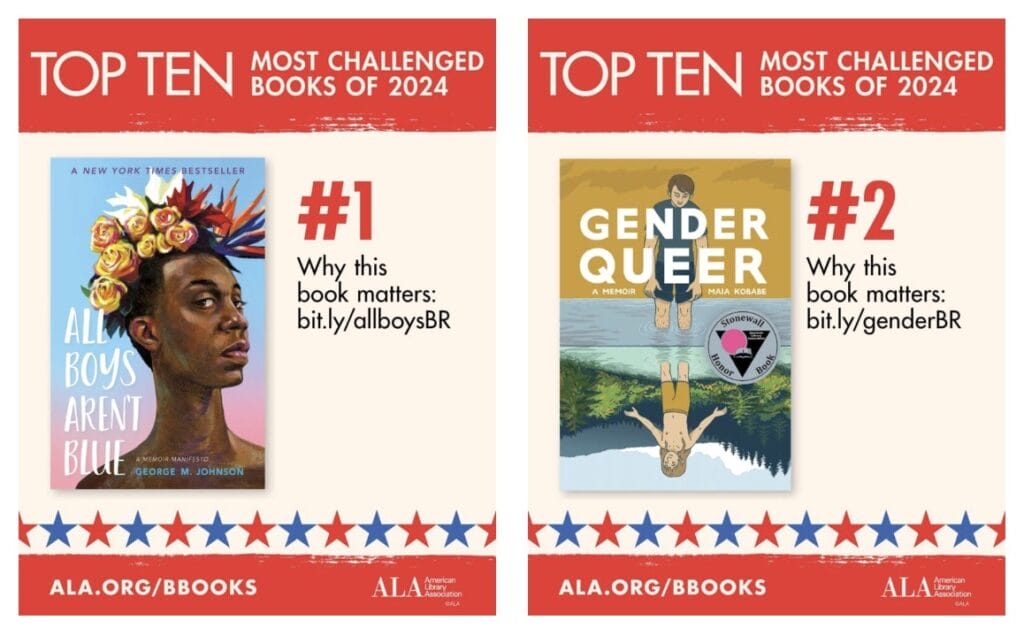
PEN America’s Most Banned Books of 2024-2025 includes titles that are more than two decades old, such as Crank (2004), Forever… (1975), and A Clockwork Orange (1962). Book Riot’s Kelly Jensen analyzed the challenged books on both lists, summarizing they show “how slapdash and nonsensical the push to ban books is. ”
“There’s nothing cohesive here except an interest in removing the stories, voices, and perspectives of people of color, of queer people, and of books that speak honestly to the issues of sex, sexuality, puberty, and adolescence,” Jensen wrote.
What is the average age of the most banned books in America? It's 22.The most banned books in America are not new books. Why are they suddenly a problem now? We know. We all know.That, plus an *extensive* roundup of book censorship news this week. bookriot.com/the-average-…
— kelly jensen (@heykellyjensen.bsky.social) 2025-10-03T12:54:34.295Z
 Who is instigating book bans?
Who is instigating book bans?
The ALA has traced the origins of book bans, noting most (72%) start with extremist coordinated pressure groups and the elected officials they pressure, not local community or parent demand.
“The 120 titles most frequently targeted for censorship during 2024 are all identified on partisan book rating sites which provide tools for activists to demand the censorship of library books,” ALA’s Office for Intellectual Freedom noted.
What is new in book bans?
The fronts of attack continue to expand. A new PEN America report recorded 6,870 instances of book bans across 23 states and 87 public school districts during the 2024-25 school year.
Attacks on local, state, and federal levels risk a kind of “everyday banning,” PEN notes, “the normalization and routinization of censorship” fueled by capitulation from administrators, staff, and elected officials who find it easier to remove a book than fight for it.
Normalization is too-often encouraged through threats, harassment, and intimidation. GLAAD’s ALERT Desk is continually tracking anti-LGBTQ incidents nationwide, including the targeting of school board members. Read out board members’ first person stories on the importance of representation and safety.
Communities are fighting back and winning
GLAAD has updated its toolkit: Banned Books: A Guide for Community Response and Action to include more success stories and strategies from communities who have fought bans and won.
“GLAAD created this guide with resources from professional library and free speech advocates. By using the power of storytelling and engaging media, communities can unite with their neighbors, send a powerful signal of welcome and acceptance, and strengthen all communities,” GLAAD President and CEO, and author Sarah Kate Ellis said.
“While book bans attempt to curb fundamental freedoms, they are far from the final chapter. Communities who care about each vulnerable reader and a future where all can be free should get the last word,” Ellis said.
EveryLibrary’s Fight for the First is a key resource in the local success stories detailed in GLAAD’s toolkit for communities.
EveryLibrary has a simple tool to help supporters create and send messages in the media, including a Letter to the Editor in your local news outlets.
What You Can Do
Check out or buy a banned book.
Out author, actor, and social justice advocate George Takei is this year’s Honorary Chair of Banned Books Week. Learn about Takei’s advocacy for LGBTQ people and Japanese Americans including through his graphic memoirs, “They Called Us Enemy,” about Takei’s childhood spent in a prison camp created by the U.S. government during World War II to detain Japanese Americans, and “It Rhymes with Takei,” his memoir about coming out.
Call, write a letter, attend a meeting, and share your story.
Call a decision-maker, write a letter to the editor, find out about your local library’s materials and challenge policies, attend a library or school board meeting.
Banned Books Week concludes with Let Freedom Read Day, October 11th. Supporters are urged to take at least one action to help defend books from censorship and to use their voices for library staff, educators, writers, publishers, and booksellers who make books available.
Sign up to support or donate to a nonprofit group.
The Banned Books Week coalition includes more than a dozen organizations working to ensure access to books and protection of vulnerable readers. GLAAD is a Banned Books Week coalition contributor.
Attend a Banned Books Weeks event.
Find it via this searchable map for events in local bookstores, libraries, in-person and virtually.
EveryLibrary is hosting a weeklong online festival of panel discussions for Banned Books Week to include LGBTQ authors Clay Cane, Katherine Locke, Charlotte Sullivan Wild and Cadwell Turnbull.
Recognize and respond to censorship in your community.
Little Free Library, the American Library Association, and PEN America released a new map to show hotspots for censorship around the country and how Little Free Library owners counter by including more titles in their book houses.
“This newly updated map empowers communities to protect intellectual freedom, champion diverse voices, and ensure that the joy of reading remains accessible to all,” said Daniel Gumnit, Chief Executive Officer of Little Free Library.
Organize. Create. Show solidarity. Show up.
Book bans are an LGBTQ issue, but they’re an all-Americans issue too.
“Book bans harm public school systems and restrict education,” PEN America notes. They drain school resources and taxpayer funds. They distract and discourage teachers. They decrease student engagement in reading and critical thinking.
“The consequences of book bans extend to everyone in our country,” GLAAD’s Sarah Kate Ellis said.
“Every American needs stories about LGBTQ people, Black people, queer and transgender people of color, and all marginalized groups to better understand our shared history and to fight for a future where we can all belong and be safe.”
